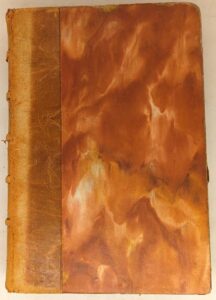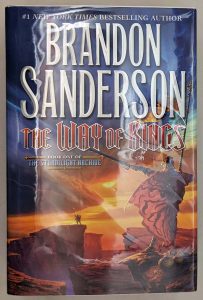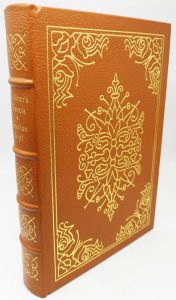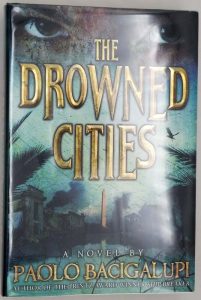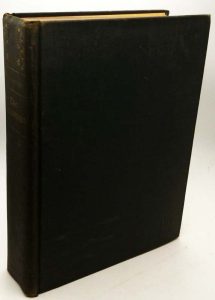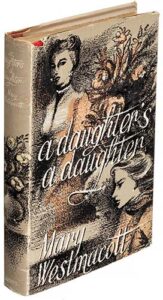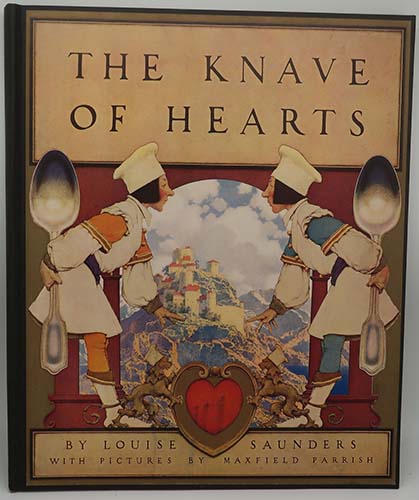
Knave of Hearts (1925), written by Louise Saunders and illustrated by Maxfield Parrish, represents the pinnacle of Parrish’s technical mastery and imaginative storytelling. Published by Charles Scribner’s Sons in New York, this lavish volume transforms the nursery rhyme into a whimsical theatrical fantasy through Parrish’s signature luminous paintings. His illustrations glow with an almost supernatural radiance, achieved through his innovative technique of layering thin glazes of oil over monochromatic underpaintings—a process that gives the Queen’s rose garden an enamel-like depth and makes the Knave’s stolen tarts glisten with jewel-toned perfection. Parrish stages the story as an elaborate play, with characters posed against dramatic faux-marble proscenium arches and curtained backdrops that heighten the sense of theatrical artifice. The artist’s distinctive use of cobalt blue shadows and warm golden light creates a perpetual twilight atmosphere, particularly in the moonlit scene where the Knave flees with his ill-gotten pastries. Every decorative element—from the Art Nouveau lettering to the elaborate borders mimicking carved theater boxes—was designed by Parrish to maintain the book’s immersive illusion. His human figures, with their idealized beauty and frozen tableaux gestures, resemble actors caught mid-performance, while the anthropomorphic playing-card soldiers display just enough stiffness to remind viewers of their cardboard origins. The book’s large folio format (12″x15″) showcases Parrish’s intricate details: the individual crumbs on the Knave’s coat, the gossamer texture of the Queen’s veil, and the impossible azure of the storybook sky that became known as “Parrish blue.”
About Maxfield Parrish (1870-1966):
America’s most commercially successful illustrator brought his mature genius to this 1925 project during the height of his fame. Trained at the Pennsylvania Academy of Fine Arts and influenced by Howard Pyle‘s Brandywine School, Parrish had already revolutionized advertising art and mural painting before focusing on book illustration. His Knave of Hearts paintings demonstrate the culmination of techniques developed over decades—the laborious glaze method (sometimes requiring over thirty layers), the use of photography for compositional precision, and his custom-mixed pigments that defied fading. Unlike contemporaries who worked in rapid pen-and-ink, Parrish treated each illustration as a fine art oil painting, spending months perfecting the trompe-l’œil effects seen in the book’s marbleized “stage” borders. The models for this project included his frequent muse Susan Lewin as the Queen and local townspeople as the card soldiers, all photographed in Parrish’s New Hampshire studio before being transformed into fantasy figures. Though best known for his Daybreak mural and Collier’s magazine covers, Parrish considered Knave of Hearts his most satisfying book project—a perfect marriage of narrative and visual artifice. Original paintings from this series, with their surreal hyper-realism and glowing colors, now anchor collections from the Smithsonian to the Metropolitan Museum of Art.
For collectors of this edition, these related works may fascinate:
• The Arabian Nights (1909) illustrated by Parrish – his earlier color experiments
• A Wonder Book (1910) also by Parrish – showing his Greek mythology interpretations
• The Bishop’s Candlesticks (1926) by Norman Rockwell – contemporary narrative painting
